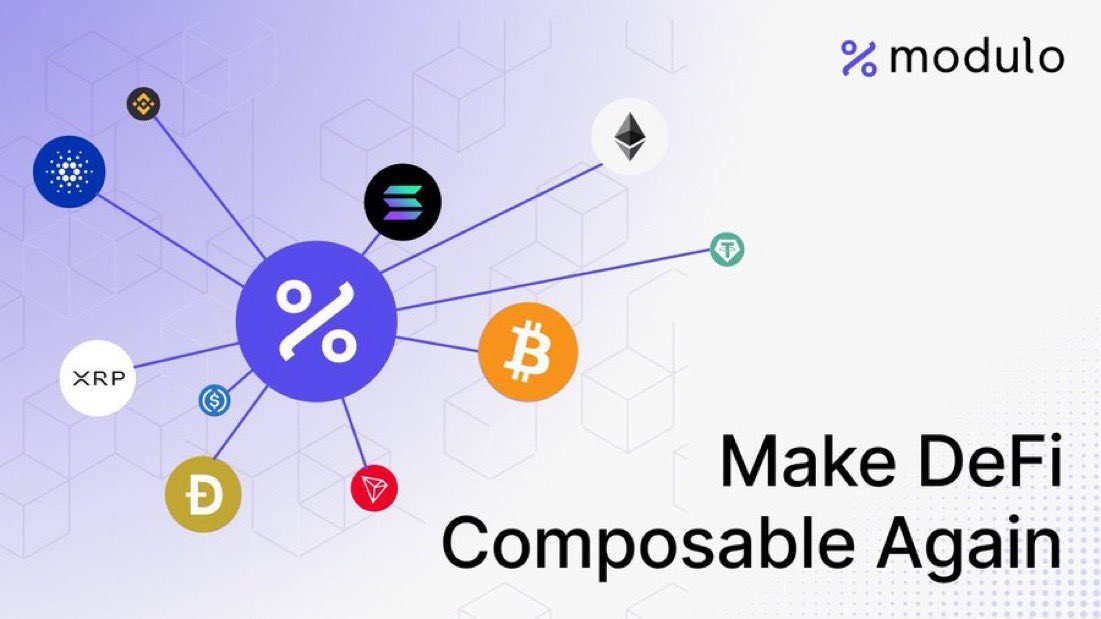[GUEST ACCESS MODE: Data is scrambled or limited to provide examples. Make requests using your API key to unlock full data. Check https://lunarcrush.ai/auth for authentication information.]  Adeshina 🕸️ [@ade_shina01](/creator/twitter/ade_shina01) on x 13.8K followers Created: 2025-07-19 05:10:06 UTC Back in the early days of the internet, businesses used to run everything on their own servers. It was messy, you had to deal with hardware, updates, crashes, and scaling problems. That’s kind of how cross chain apps work today. Each chain is like a separate machine, and if your app wants to work across chains, you have to build all the connections yourself. It’s doable, but it’s not easy. You need to: ➮ Track when a transaction is final ➮ Confirm that messages are delivered ➮ Retry when something fails ➮ Avoid doing the same thing twice ➮ Keep all the data in sync And the more chains you connect, the harder it gets. One small mistake and things can break or worse, money can be lost. That’s why we keep seeing the same types of hacks in cross chain apps. Developers are trying to build cool stuff, but also end up managing too much behind the scenes. Modulo takes a different path. Instead of every app building its own custom setup for each chain, @ModuloFinance gives you a shared system that handles it all for you, kind of like how cloud services replaced local servers. You write your code once, and it works across chains. No need to track every message or manually sync things. It just runs. Like one system, not a bunch of separate ones taped together. Modulo did not build another bridge It built something like an operating system but for chains. That’s what makes it different. It does not just move messages faster. It removes the need to manage them at all. In the long run, the systems that survive are the ones built to handle complexity not avoid it.  XXXXX engagements  **Related Topics** [all the](/topic/all-the) [Post Link](https://x.com/ade_shina01/status/1946437371148304880)
[GUEST ACCESS MODE: Data is scrambled or limited to provide examples. Make requests using your API key to unlock full data. Check https://lunarcrush.ai/auth for authentication information.]
 Adeshina 🕸️ @ade_shina01 on x 13.8K followers
Created: 2025-07-19 05:10:06 UTC
Adeshina 🕸️ @ade_shina01 on x 13.8K followers
Created: 2025-07-19 05:10:06 UTC
Back in the early days of the internet, businesses used to run everything on their own servers.
It was messy, you had to deal with hardware, updates, crashes, and scaling problems.
That’s kind of how cross chain apps work today.
Each chain is like a separate machine, and if your app wants to work across chains, you have to build all the connections yourself.
It’s doable, but it’s not easy. You need to:
➮ Track when a transaction is final ➮ Confirm that messages are delivered ➮ Retry when something fails ➮ Avoid doing the same thing twice ➮ Keep all the data in sync
And the more chains you connect, the harder it gets. One small mistake and things can break or worse, money can be lost.
That’s why we keep seeing the same types of hacks in cross chain apps. Developers are trying to build cool stuff, but also end up managing too much behind the scenes.
Modulo takes a different path.
Instead of every app building its own custom setup for each chain, @ModuloFinance gives you a shared system that handles it all for you, kind of like how cloud services replaced local servers.
You write your code once, and it works across chains.
No need to track every message or manually sync things. It just runs. Like one system, not a bunch of separate ones taped together.
Modulo did not build another bridge It built something like an operating system but for chains.
That’s what makes it different. It does not just move messages faster. It removes the need to manage them at all.
In the long run, the systems that survive are the ones built to handle complexity not avoid it.

XXXXX engagements
Related Topics all the